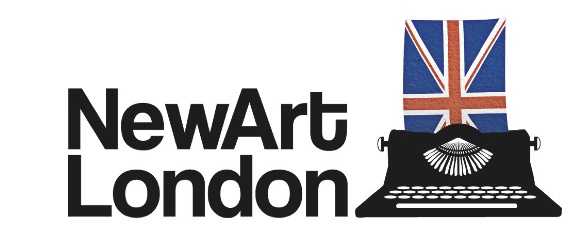Richard Hamilton's retrospective at Serpentine Gallery was berated by critics, even though he continues to be impressively referred to as the Father of Pop Art. The criticism firstly stems from a blatant aestheticising of contemporary political situations and figures and secondly, from the stylistic referencing of other artists such as Bacon and Duchamp; an approach regarded as passé in today's arts practice (there is no denying appropriation, but one is expected to be clever about it!). But, what is his work if its not Pop?
After Tate Modern's monsterous Pop Life show a few months ago illustrating the (in some cases inexplicable) rise and rise of artists whose work continues the Pop Art legacy (such as Takashi Murakami and Damien Hirst), one might wonder at such a negative response to an exhibition of one of it's founding fathers. How far removed is his art since the late 1960's from the work that gave rise to Hamilton's title? And how is it that Warhol and his successors are still enjoying the pop party but Hamiliton, in taking a turn for the political, is left out in the cold?
Charles Darment, Independent:
"Hamilton's pictures of Bobby Sands and a freshly arrested Mick Jagger, of a monstrous Hugh Gaitskell, tell us everything we need to know about their maker's political views: Sands and Jagger are Christ-like martyrs, Gaitskell a masked devil. I know that painting news images questions the news itself, also that doing so in the mid-Sixties was immensely brave and novel. But I always come away from Hamilton feeling as though I've had a finger wagging at me in a pub, and it is not a feeling I enjoy."
Adrian Searle, Guardian:
"He makes art for a culture that is more interested in commodities than statements, and everything he does has a sheen, an elegance and a technical sophistication that is both attractive and repulsive. There's something sickly and nacreous about his work, which I can only see as deliberate.
One might ask if Hamilton's work really is as analytical, as far-reaching, as acute, as knowing, as deconstructive and as on-the-ball as Buchloh and others assert. Some of it – like those giant images of Blair, with their echo of Warhol's pistol-toting Elvis – seem altogether too obvious, especially when compared to the best political cartoons. Not only do they tell us what we already know, or think we know, they also tell many of us what we already think, politically speaking, which might make us feel smug, but doesn't do much more. We know Blair is a dupe; we know Israel behaves monstrously; we know about the dirty protest and hunger strikes in Northern Ireland during the 1970s. But that, of course, does not mean that art can't be made of these subjects."
Richard Hamilton speaking with Ossian Ward, Timeout:
"Political pictures have different effects - whether moving effects of a depressing kind or effects that can linger for a long time. Some critics have said that this exhibition is stale and that subjects such as nuclear disarmament have lost their interest, but my inclination is that they've become more powerful as time goes by, rather than less... It's a question of timing. I'm sure that it will find its power as time goes by and becomes history. It seems necessary that an artist's attention should be directed at these problems, so I'm not going to give up."
One might choose to follow the notion that all political art should be made politically (an example set currently by Thomas Hirschhorn and others), but does that mean images of politics, characterised by the political photograph, are redundant in an art world still fixated with the representation of popular culture? My instinct is no, as all images are subject to artistic treatment and/or selection; pornography, violence, death and many other taboo themes are constantly represented in artistic practice, therefore politics should not be made an exception.
However, it is necessary to differentiate work like Hamilton's from the new landscape of political art, following Benjamin's example; where politics is rendered aesthetic one must respond by politicising art. Perhaps this leaves Hamilton back where he started; as a cultural mirror rather than a political one, still retaining his title as the Father of Pop Art.

